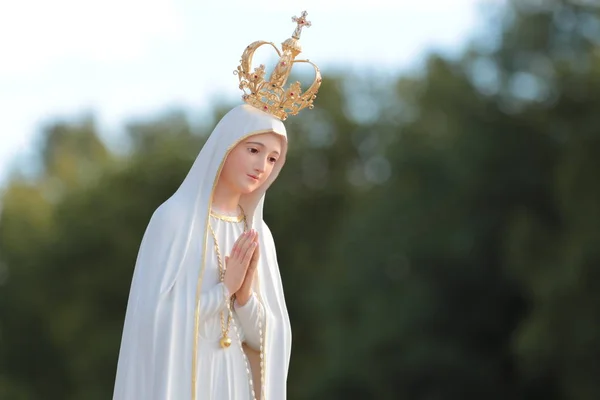
Category: Devotions
-

Novena of Confidence to the Sacred Heart
Read More: Novena of Confidence to the Sacred HeartO Lord Jesus Christ, To your most Sacred Heart, I confide this/these intention: (mention your intention) Only look upon me, And then do What your Sacred Heart inspires. Let your Sacred Heart decide I count on it, I trust in it I throw myself on Your mercy, Lord Jesus! You will not fail me. Sacred…
-

Couldn’t you watch with me one hour? How to Pray a Holy Hour, a Minute-by-Minute Guide
Read More: Couldn’t you watch with me one hour? How to Pray a Holy Hour, a Minute-by-Minute GuideTo pray a holy hour, all you need is a tabernacle with a lit sanctuary lamp, a Bible, and perhaps a Compendium of the Catechism of the Catholic Church (available online). Three Rules 1. Be Silent. Don’t rattle prayers or silently review stresses. Be still exteriorly and interiorly. 2. Be Attentive. It’s not simply a reading hour…
-

St. Thérèse’s prophetic words to St. Faustina in a dream?
Read More: St. Thérèse’s prophetic words to St. Faustina in a dream?St. Faustina had a difficult time when she was a novice, experiencing both interior and exterior forms of suffering. She prayed to a variety of saints for help, but did not receive any consolation. Then she prayed to St. Thérèse of Lisieux and her novena was very successful. The dream St. Faustina was a novice…
-

PRAYER FOR THE POOR SOULS
Read More: PRAYER FOR THE POOR SOULSBy, St. Alphonsus Marie Liguori O most sweet Jesus, through the bloody sweat which Thou didst suffer in the Garden of Gethsemane, have mercy on these Blessed Souls. Have mercy on them.R. Have mercy on them, O Lord. O most sweet Jesus, through the pains which Thou didst suffer during Thy most cruel scourging, have…
-

Our Lady of Fatima (Song)
Read More: Our Lady of Fatima (Song)She is so beautiful! Thank You for your visit, Mama Mary! https://www.youtube.com/watch?v=OyY-4QeO3qI
-

Latest Urgent Revelations from St. Michael! With Dr. Hesemann
Read More: Latest Urgent Revelations from St. Michael! With Dr. HesemannJoin Dr Michael Hesemann for the latest news and information about the private revelations in Sievernich Germany.
Search
Popular Posts
-
🙏 A New Chapter Begins: Supporting Pope Leo XIV with Prayer and Hope | W/ Daniel O’Connor
“Give the new pope a break and support him with your prayers.”–…
-
Possible Candidates for The Next Pope!
Some Candidates for the New Papacy Today we will share with you…
Categories
Archives
Tags
#Miracles (102) 2023 (4) 2024 (4) approved miracles (2) catholic (141) catholic blog (375) catholic meditations (7) catholic miracles (371) catholic motivation (2) catholic news (371) catholic prayers (4) CatholicSeers (359) catholic vlog (375) catholic websites (6) Eucharistic miracle (2) fr jim blount (3) GisellaCardia (11) hamas (3) imitation of christ (2) Israel (4) israel live (5) Israel news (9) jesus (3) jesus christ (4) Latest messages (11) lent 2023 (10) lent 2024 (4) lent homily (2) lent retreat (4) lent retreat 2023 (3) Lourdes (2) messages from god (6) MessagesFromHeaven (364) miracles of catholic church (2) mother and refuge (2) ourlady (325) OurLadyApparitions (22) our lady of lourdes (2) Pope (2) POPE francis (3) pope francis news (2) prayers (3) real miracles (356) sacred heart of jesus (2) The Miracles of Lourdes (2)








